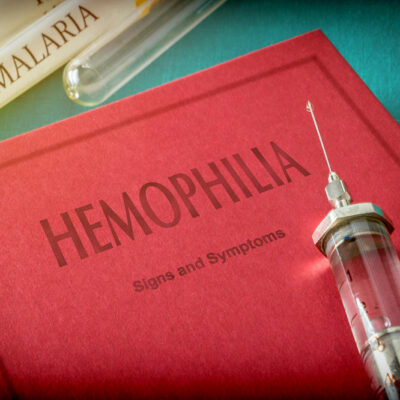
Food Allergies in Dogs – Common Causes and Symptoms
Just like humans, dogs can also experience allergic reactions to certain foods. Also, some dog breeds are more prone to food allergies, and you must keep common allergens out of their diet to keep them healthy. Listed here are some common causes and early signs of food allergies in dogs. Some of the common causes of food allergies in dogs are:
-
- Grains like corn, wheat, and rice
- Proteins like chicken, beef, and eggs
- Root vegetables like carrots, potatoes, sweet potatoes, and yams
- Legumes like peanuts, lentils, beans, peas, and soy
- Dairy products, including milk, yogurt, and cheese
Some genetically modified foods like corn and beets could also trigger an allergic reaction in pets. When understanding the common causes and early signs of food allergies in dogs, you must know about the following signs:
-
- Itchy skin
- One of the earliest and most common signs of an allergy in dogs is itchy skin, a dull coat, and a red underbelly. This could be caused by environmental allergens like pollen or fleas and certain products like dog shampoo. That said, you should consult a vet if the condition does not subside even after switching to a milder shampoo.
- Watery eyes
- Another common sign of food allergies in dogs is watery or scratchy eyes. That said, you should consult a vet to rule out eye trauma or injury due to severe allergy.
- Ear infections
- Chronic or frequent ear infections are a telltale early sign of food allergies in dogs. Your dog could be shaking its head more or scratching its ear, which may have a black or brown buildup. If the irritation does not clear even after cleaning the ear, it’s best to consult a vet and try the food elimination diet for your pet to identify and eliminate any food allergens from their diet.
- Darker nail beds
- If your dog has a darker nail bed or sensitive nails and tries to lick them often, it could be a sign of your pet’s immune system responding to a food allergen. If your vet has ruled out a foot injury or trauma and thyroid disorders, the obvious cause of the change in the natural white color of the nail bed to a darker red or brown could be a food allergy. An elimination diet would work best to determine the cause of the allergic reaction in such cases as well.
- Change in skin color around the lips
- In addition to the nail bed, the lips or toes of your dog could appear red and inflamed. This is most notable in pets with a white coat and could be the result of a food allergy in some cases.
- Digestive issues
- Vomiting, diarrhea, and other gastrointestinal issues could also indicate a food allergy.
Now that you’ve understood the common causes and early signs of food allergies in dogs, you must eliminate common triggers from their diet to prevent an allergy.


